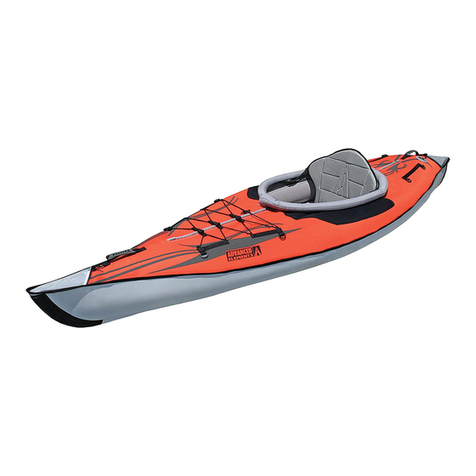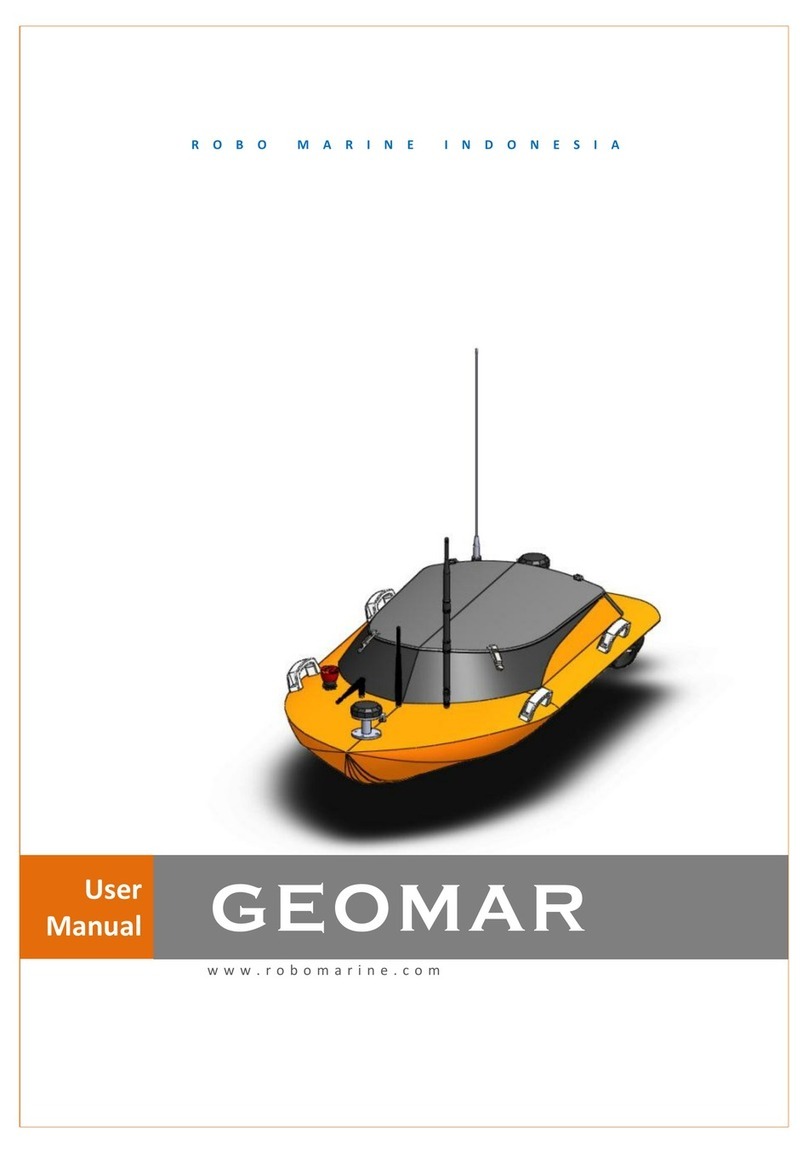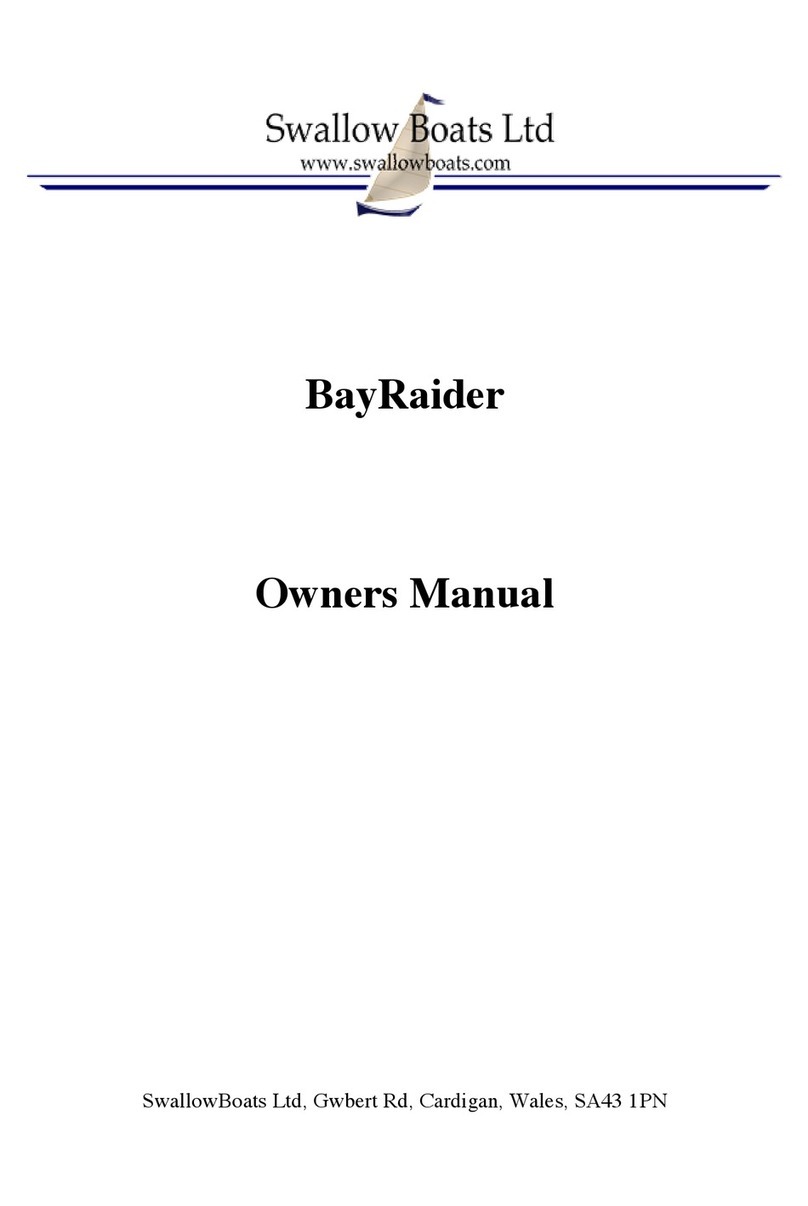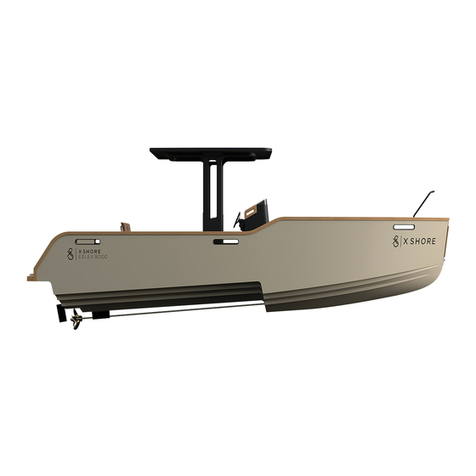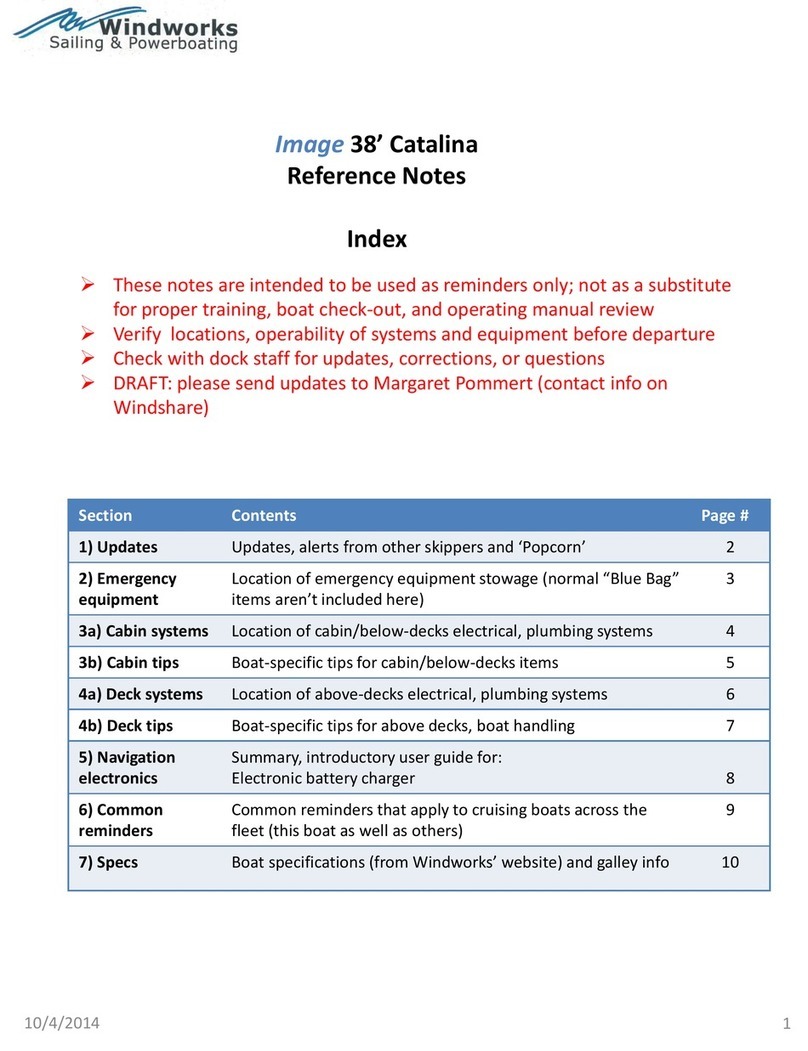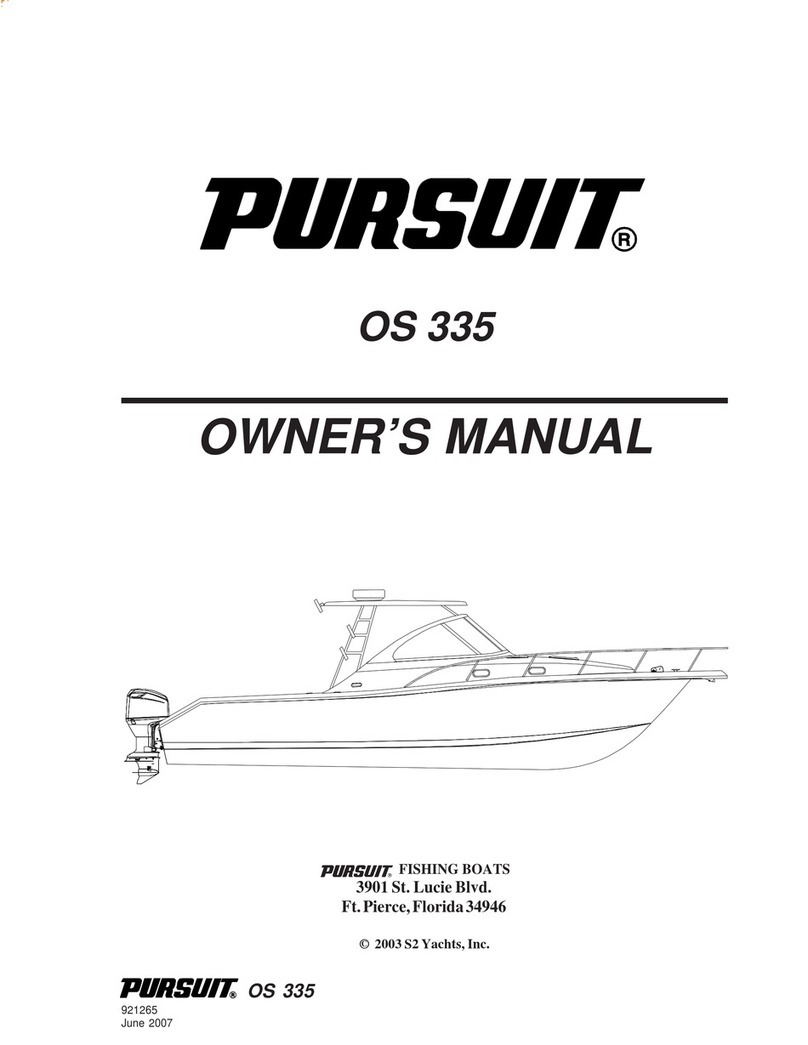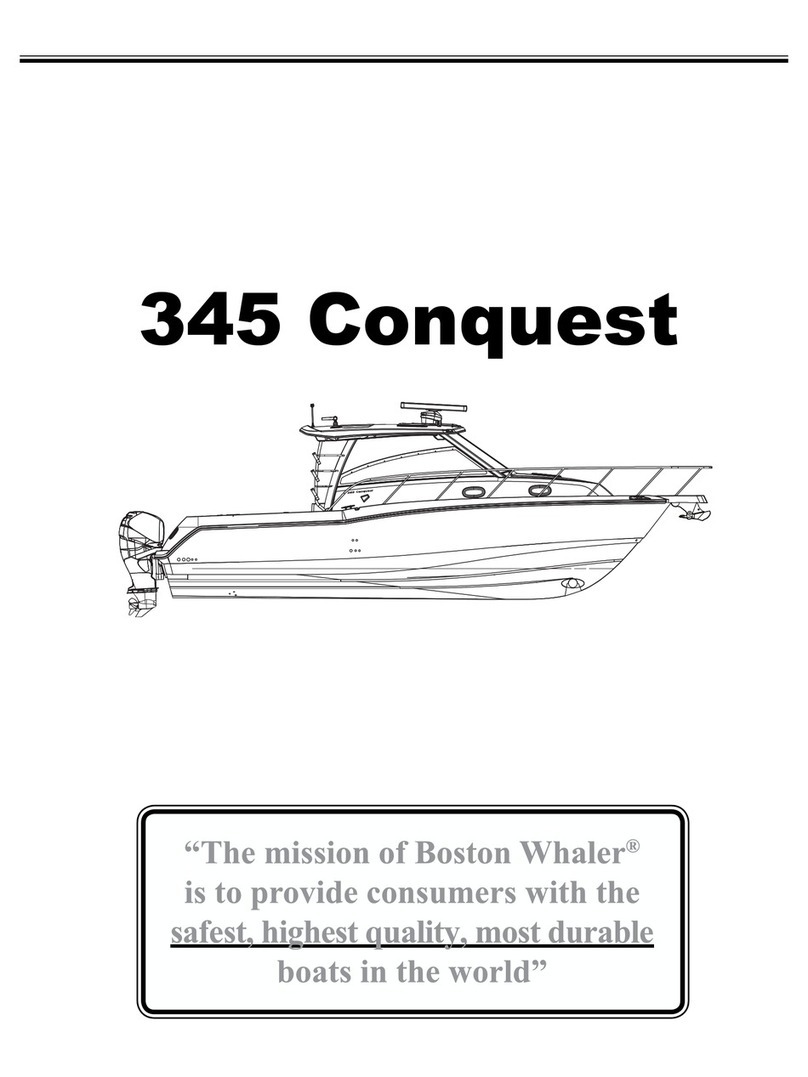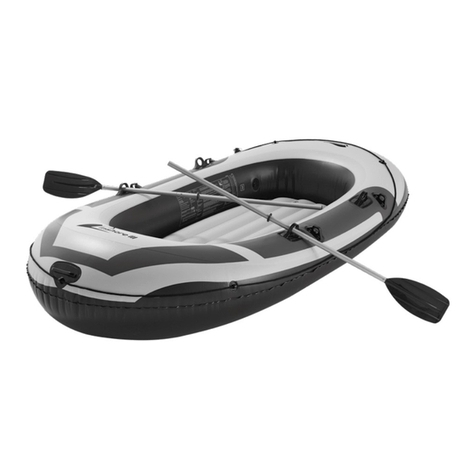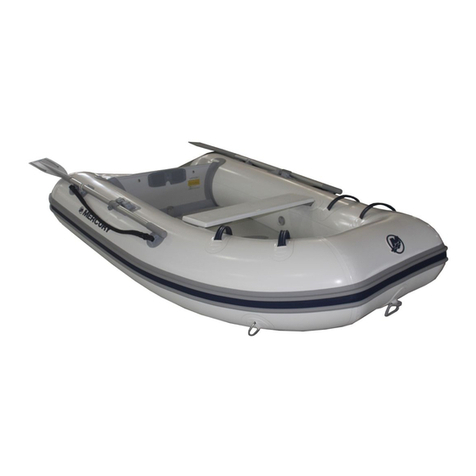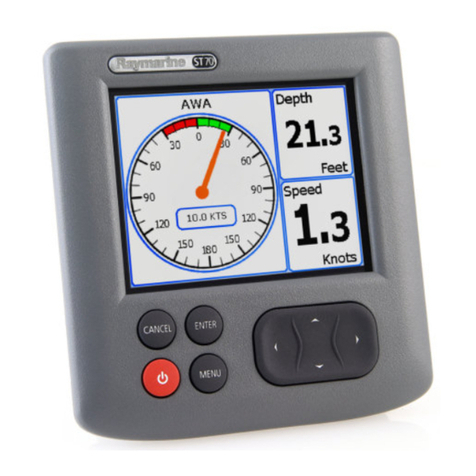
10.Assuming at this point that the masts are stepped and sails still furled, you are ready to step
aboard, hoist sail, and sail away. Don't forget to park your car and trailer, of course... and don't
forget to load that cooler on board, if you haven't already.
SAILING TIPS
1. One of the greatest features of the Sea Pearl 21 is the ability to heave to. For safety and ease of
handling and personal comfort, this feature, above all others, is one you will use again and again.
TO HEAVE TO -pull the mizzen sheet in tight and release the main sheet. Let the tiller go (it
will turn the rudder blade sideways) be sure NOT to hold on to the tiller handle. Your Sea
Pearl will turn into the wind and stay. Now you can reef, fish, sleep, read, or fix lunch. She will
sail backwards very slowly. In extremely rough seas with plenty of "sea room", and where the
pressure on the rudder may be excessive, pull the rudder blade completely out of the water
using the rudder lanyard. This will increase your speed in reverse, but ensure a safe
backwards motion. Enjoy this unique Cat Ketch feature!
2. In heavy weather, reef the main first and then the mizzen. One or two turns at a time. This will keep
her in balance. If things get tough quickly, furl the main altogether, and sail with the mizzen alone or
lie "HOVE TO" with the mizzen reefed for the safest and most comfortable ride.
3. To tack with the mizzen alone:
a. Fall off slightly to pick up speed.
b. Tack sharply
c. As soon as the bow comes through the wind and not before, release the mizzen.
(Keep the tiller over).
d. As she falls off on the other tack, haul in on the mizzen and harden up into the wind with
the tiller.
NOTE: The trick here is to NOT let her get into irons (HOVE TO).
4. To get out of irons (HOVE TO), back wind the main and bring the tiller amidships, if you have the
main unfurled. As the bow falls off, sheet in the main and loosen the mizzen slightly. If you are sailing
with the mizzen alone and are in irons, she will be backing down on the rudder. Put the helm over
towards the tack you prefer and release the mizzen. The stern will move the opposite way. As the
bow falls off, pull in on the mizzen to gain forward speed.
5. Tacking in heavy air when reefed or in extreme light air, or without the rudder.
a. Put the helm over if you have steerage.
b. Release the main and tighten mizzen.
c. As the bow comes into the wind release mizzen and tighten main, or backwind it if
necessary.


